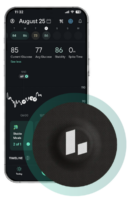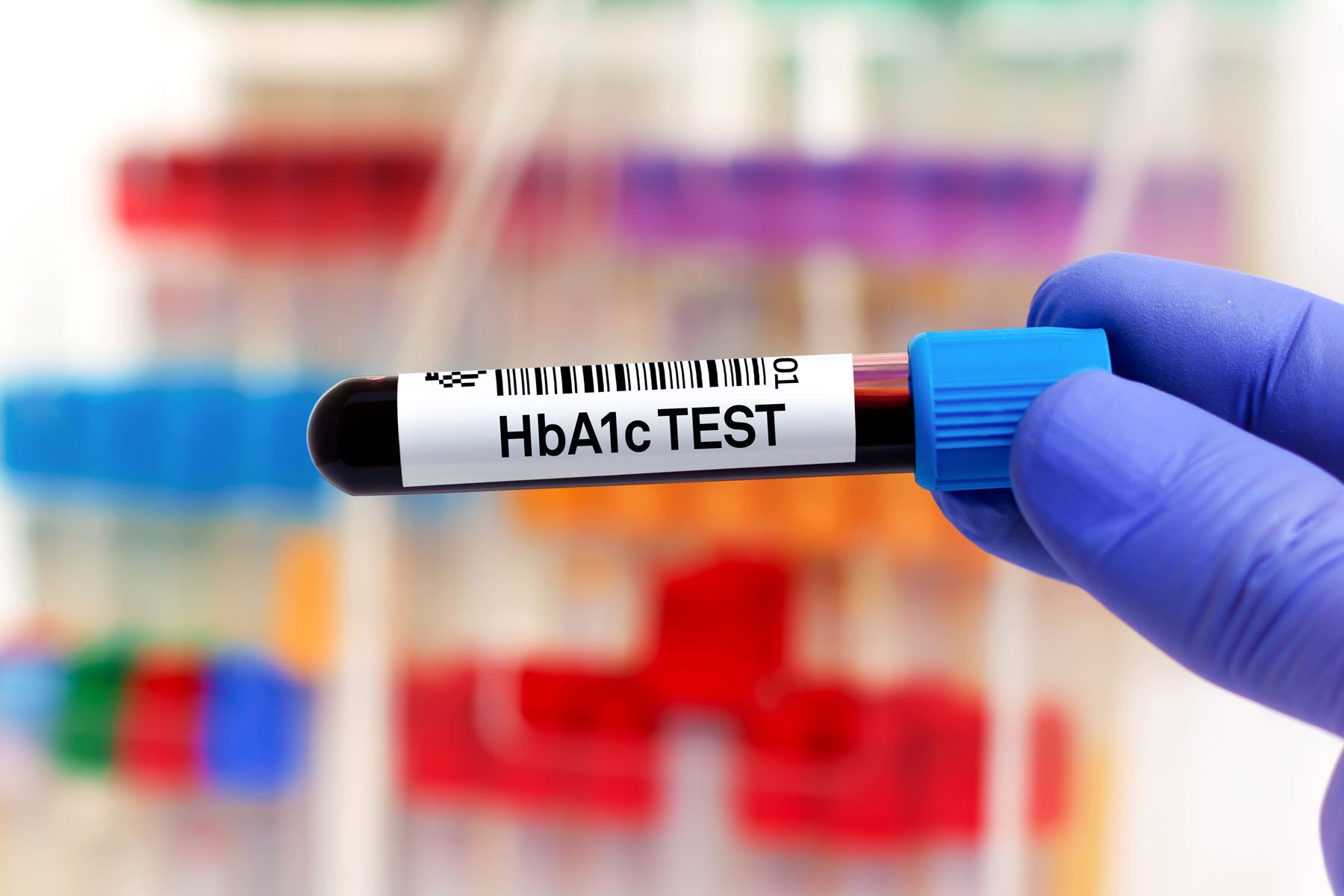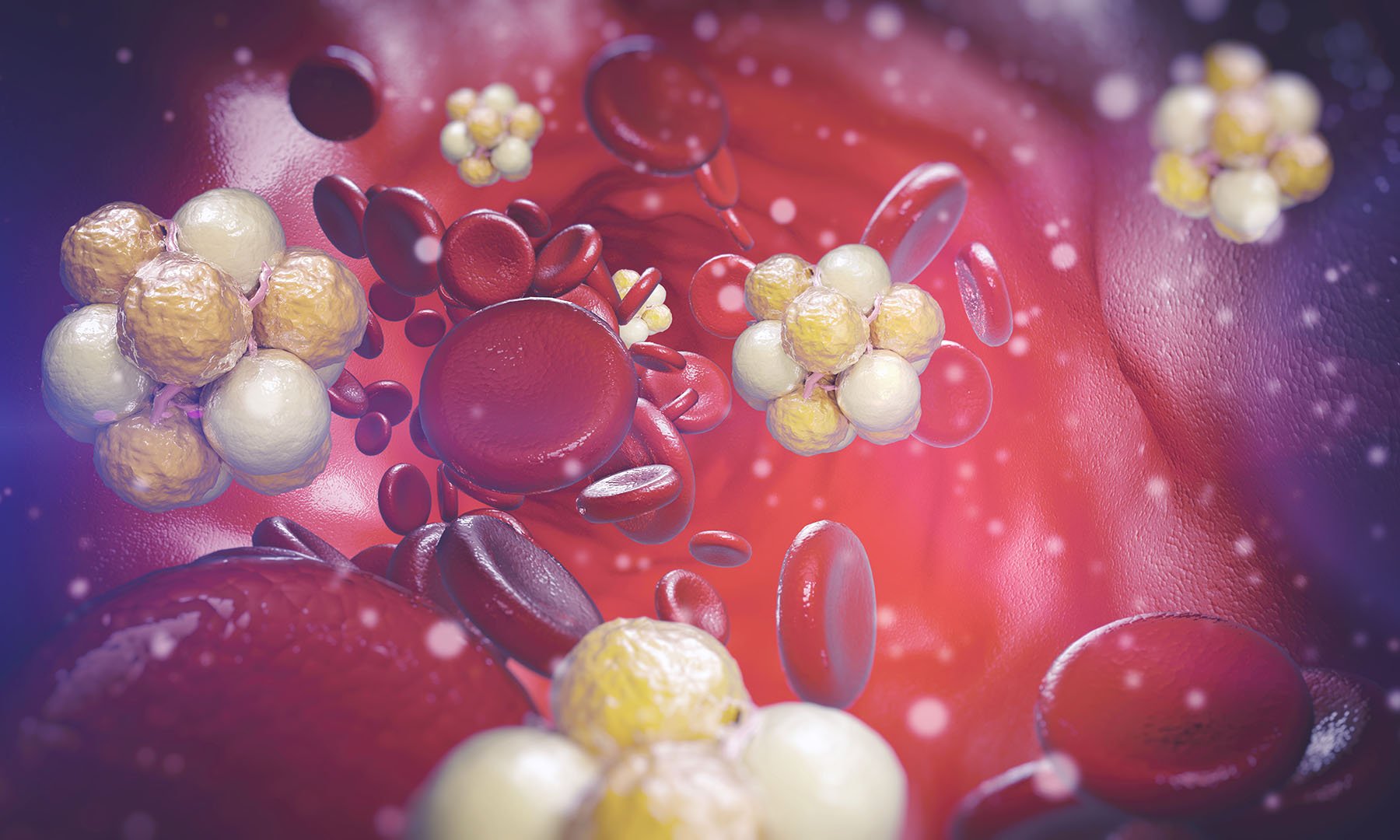The Test
The oral glucose tolerance test, or OGTT, is used to gauge how your body responds to a large influx of glucose. It’s used to test for diabetes, prediabetes, insulin resistance, and other disorders of carbohydrate metabolism. Once considered the gold standard for diagnosing diabetes, the OGTT is now most often used during pregnancy to test for gestational diabetes. It’s also employed when the results of fasting or random blood glucose tests are high but not high enough to be conclusive in indicating prediabetes or diabetes. However, it’s a less popular diagnostic tool for that than it once was.
The OGTT has existed in some form for over a century. It has evolved considerably in that time, including new variations of the test and new mathematical techniques for interpreting the results. The medical community is currently discussing and disagreeing about its value for diagnostic purposes, particularly outside of pregnancy.
“If you walk into a regular physician’s office, it’s probably unusual, if not impossible, to get an OGTT test unless you are getting screened for gestational diabetes,” says Anjali Dsouza, MD, medical director of the District Center for Integrative Medicine in Washington D.C. and an integrative medicine specialist who helps women optimize their health, with a particular interest in metabolic health. “This is like a functional MRI of glucose testing in some ways—it’s a live assessment of what is happening with your glucose and insulin.”
Dr. Dsouza says she primarily uses the OGTT in perimenopausal or menopausal women in mid-life. “This is partially because I preferentially work with women,” she says, “and I find that women in this particular phase of life are having metabolic changes, as evidenced by changes in lipid panels, body composition, and even changes in fasting glucose and insulin.” If Dr. Dsouza suspects something is happening with a patient’s metabolism, but it’s not reflected in their insulin, glucose, and HbA1C (common metrics to assess energy balance), she’ll pair the OGTT with insulin draws to see how they respond to a glucose load in real time.
What does the OGTT measure, and why does it matter?
The OGTT measures glucose concentration in blood plasma at multiple points—first after fasting for eight hours, then at regular intervals—usually every 30 or 60 minutes for two or three hours—after drinking a fixed amount of glucose. By comparing your blood sugar at baseline with the later measurements, a doctor can assess how your body dealt with that influx of glucose.
Doctors expect to see your blood sugar rise in the first measurements but then come down as your body releases insulin to remove the glucose from your blood. If your levels remain high or don’t come down quickly, it’s a sign of metabolic dysfunction—most likely insulin resistance.
Insulin is a hormone used by every cell in the body in various ways, depending on the type of cell, but it’s best known for stimulating glucose uptake into fat and muscle cells. In people with insulin resistance, these cells become less responsive to insulin, failing to absorb as much glucose as they should. That, in turn, leads to elevated insulin levels in the blood, which kicks off a vicious cycle.
The increased insulin can drive further insulin resistance in the cells. As they respond less and less to insulin, they lose their ability to consume glucose. That leads to higher blood glucose levels, which drives further insulin release.
Insulin resistance is a driver of several serious chronic conditions, including heart disease, Alzheimer’s disease, and, most famously, Type 2 diabetes.
Who should get an OGTT?
As noted above, the OGTT is most commonly administered during pregnancy to test for gestational diabetes. It’s also recognized as a way of diagnosing diabetes, particularly when more common tests, such as HbA1c or fasting plasma glucose (FPG) tests, return uncertain results.
Dr. Dsouza considers the OGTT valuable for assessing certain people’s metabolic health.
“I use it like I use most of laboratory testing … as a tool to assess where someone lives on a spectrum, and to find dysfunction before it becomes a disease,” says Dr. Dsouza. “I will use OGTT, especially for a patient where I’m suspicious they have metabolic dysfunction of some kind … yet no other biomarker explains why they are fatigued or gaining weight or changing in body composition.”
Dr. Dsouza notes that her way of using the OGTT is, anecdotally, a common practice among integrative and functional medicine specialists but is otherwise not the general standard.
“My patients are people who have either had bad experiences following the conventional medical model or are looking to optimize their health or receive preventative care at a deeper level,” she explains.
She estimates that out of her caseload of roughly 600 patients, she uses the OGTT in at most 20 percent of cases.
How is the OGTT administered and interpreted?
OGTT for diagnosing diabetes
For a typical OGTT test for diabetes, you want to eat a diet high in carbohydrates—at least 150 grams per day, in most cases — for the three days leading up to the test, including at least 50 grams at dinner the night before the test. While counterintuitive, it’s necessary to adapt the body to a high carbohydrate intake for the test to return accurate results to diagnose impaired glucose tolerance or diabetes; without it, the OGTT has been found to return false positive results.
Avoid high-fructose foods, as fructose doesn’t raise blood sugar but can trigger insulin resistance, which could skew the test results. Ask your doctor whether your medications might affect the test results. You should not eat or drink anything except water for at least eight hours before the test.
First, the lab technician or phlebotomist will draw blood—from a vein, fingertip, or earlobe—to determine your baseline blood sugar level. After that, you’ll be given a large glass of concentrated sugar solution. Typically, 75 or 100 grams of glucose are dissolved in 250 to 300 mL water. A second blood sample is taken two hours after drinking the solution, though additional blood might be taken at your doctor’s discretion—for instance, at the one-hour and three-hour marks.
It’s recommended that you do the test while lying down or sitting. Until the last blood sample is taken, you shouldn’t eat, drink, or smoke. Before the three high-carb days, you should maintain your usual balanced diet in the days leading up to the test.
The American Diabetes Association considers a plasma glucose level of 200 mg/dL at the two-hour mark to indicate diabetes. Under 140 mg/dL is considered normal, while 140-199 mg/dL indicates prediabetes. A diagnosis generally requires at least two OGTT tests done within days of one another, or another confirmatory test result—for example, from an HbA1c or FPG test.
OGTT during pregnancy
A version of the OGTT called the glucose challenge test is typically given to pregnant women without a diabetes diagnosis at 24 to 28 weeks. The protocol is modified due to hormonal changes in pregnancy that increase the mother’s need for insulin; this test does not require fasting, and typically, a 50-gram glucose load is given. If, after one hour, plasma glucose is higher than 130-140 mg/dL, a 100-gram OGTT will be provided in a fasted state to diagnose gestational diabetes.
Dr. Dsouza’s method: OGTT as a metabolic snapshot
Dr. Dsouza has developed a unique protocol for her practice. Because she uses the OGTT for a unique purpose, her methods diverge from those used to diagnose diabetes.
Dr. Dsouza doesn’t have her patients eat a high-carb diet in the days leading up to the test. “In my practice, I am primarily using this test to assess one more metric of metabolic health,” she explains. “If I were using it to make a diagnosis, I would be more stringent, as the implications would be more acute.”
She has patients fast for 12 hours before the test and has blood draws taken at baseline, 30 minutes, 60 minutes, and 90 minutes. She has patients drink a 50-gram glucose drink instead of the more typical 75-gram. “It’s a minimum loading dose, so to speak, to challenge the system, and given that patients hate these drinks, I try to keep the discomfort limited,” she says. She also draws insulin at the same time points to track blood glucose and insulin side by side.
Dr Dsouza worked closely with her local testing labs to establish her own custom metrics and protocols. “In the early days, the technicians were unable or frequently messed up the orders because they were literally untrained in doing these tests in anyone who wasn’t pregnant.”
Dr. Dsouza evaluates the results in combination with other tests to determine whether a patient’s metabolism is abnormal.
At a minimum, she likes to see glucose under 140 mg/dL and insulin under 30 mIU/L at 60 minutes and under 100 mg/dL and 20 mIU/L at 90 minutes.
In addition to the OGTT and insulin draws, Dr. Dsouza administers the following tests for metabolic health:
- Baseline fasting insulin and glucose
- Comprehensive metabolic panel
- HbA1C
- Lipid panel (triglycerides to high-density lipoprotein, or HDL cholesterol)
- Uric acid
- Sex hormone binding globulin (SHBG), which she uses as a marker for emerging insulin resistance
Why is the OGTT controversial?
By the time the World Health Organization and the American Diabetes Association approved the HbA1c test for diagnosing diabetes in 2010, the standard 75-gram OGTT had already started to fall out of favor. Given the cumbersome requirements leading up to the test and the fact that the test takes at least two hours to complete, the availability of less onerous methods of diagnosing diabetes was a welcome change. Moreover, the OGTT is notoriously finicky: besides the carb-loading requirement, the test can be altered by acute stress, illness, or even exercise, and results for the same individual can vary by nearly 6% at baseline and 17% at the two-hour mark, leading to an estimated 12% or greater incidence of false positive results, either of impaired glucose tolerance or diabetes. The HbA1c test compares favorably to the OGTT in virtually every way.
However, even with these limitations, the OGTT still has a role to play in diagnosis, at least in some instances. This is particularly true in patients with advanced chronic kidney disease, who have recently undergone a kidney transplant, or who may have diabetes related to cystic fibrosis, as these conditions can skew the results of the HbA1c test. It’s also favored in cases of acute diabetes onset and for diagnosing gestational diabetes or other forms of diabetes during pregnancy.
According to one study, the OGTT is more useful than HbA1c in detecting prediabetes or diabetes in patients who have experienced a stroke and have no history of diabetes, detecting up to 25-29% more cases. This held whether the patients were tested shortly after the stroke or a year later. The same study found that the odds that OGTT would detect prediabetes was 2.6 higher compared to HbA1c alone; the authors even went as far as to recommend that the OGTT be carried out in all stroke patients with no prior history of diabetes.
The OGTT may give more consistent results between races than the HbA1c, which is known to vary by race (at least in people without diabetes, though not with). In comparison, the standard 75-gram, 2-hour OGTT has been found to give more racially agnostic results between black and white patients, suggesting that it may still have a role to play in ambiguous cases. Likewise, while HbA1c has been found to vary significantly by sex, with males having significantly higher levels, the OGTT is sex-agnostic, albeit sensitive to differences in body size.
Conclusion
The OGTT is primarily used to diagnose gestational diabetes and diabetes when other tests, such as fasting glucose and HbA1c, return ambiguous results. It’s also useful in patients with certain health conditions—for instance, following a stroke or a renal transplant. Some functional and integrative medical specialists, like Dr. Dsouza, use the OGTT to get a metabolic snapshot, which can be interpreted in combination with other tests to make a nuanced assessment of a person’s metabolic health.
Learn about your glucose tolerance
The best way to understand and improve your metabolic health is with an app like Levels, which helps you connect what you eat and do to the metrics that demonstrate optimal metabolic health, and gives you advice and insights to help you improve. Click here to learn more about Levels.









